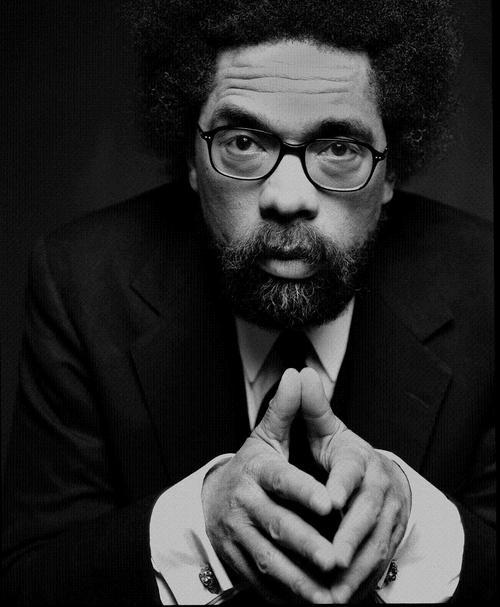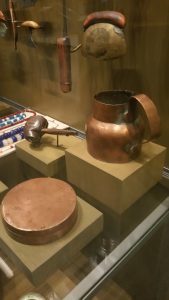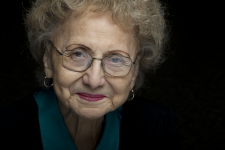Middle/High School Standards-Based Lesson Plan
Teacher:_Cecelia Westman_____________ Date:__06/30/16_________________________
Period:____ _______________________ Class:__Social Studies____ ________________
Mapping Food availabilit
Standards addressed:
Alaska cultural standards B, C,
Purpose/Objectives/Outcomes:
Students will examine the availability of food in their local areas from either grocery stores, subsistence living, gardening, farmers markets or any combination. Students will also look at what traditional subsistence living may have looked like in the past and assess what is more common place now in regards to daily diet in the US. Students will then in turn look at food distribution across the US and in their own communities to identify food deserts, high availability or sustainable resources that may exist in their communities.
The Student will be able to(The Big Picture):
…examine the difference between being fed and being nourished according to the community or area that you live in.
What will engagement look like during this lesson?
Students will personalize the lesson by learning how to measure how much sugar they may be eating in a day, a week, a month, and a year. available through the Standard American Diet (SAD). Project will include mapping of food sources including grocery stores, gas stations, and subsistence areas (where applicable), and if available-the average monetary costs of food.
Assessment of student outcomes: (How will you assess student learning?)
Being a proponent of open ended learning, students will be graded on their participation in “on the spot” research, discussions, group learning, problem solving, and reflection.
Materials/Resources:
Internet access:
For the sugar exercise:
~2-5lb bags of sugar
~Photo copies of the nutrition labels from various popular food items such as capri sun, top ramen, coke products, beef jerky, hot dogs, white bread, jelly jars, peanut butter, etc. *Be sure to leave the names of the items off so that students are not aware of the food products that they are analyzing. Mark each list of nutrition facts with A,B,C,D,Etc.
~Paper/pencils
~Tablespoon measures
~Sandwich bags
~Sharpies
~Staplers
~Tape
~This equation: 12.5g of sugar equals one Tablespoon
Technology:
Enough Chromebooks or computers for all students to run Chrome Software.
Instructional Strategies, Accommodations, and Student activities:
For the map activity:
Exercise 1: Students will review and discuss food availability and receive an introduction to My Maps by working together as a class to create a map of food distributors in their community. To give the map more meaning, they will also create a key of demographics, listing population numbers, average incomes of the community, and average costs of commonly sought food items such as “bread, milk, and butter.” This information is usually readily available on the web by searching the city’s website or the state’s website. Depending on time availability-a second layer could be added listing restaurants, a third with farmers markets, a fourth with wholesale distributors, etc. Once the map is posted, students can then make the map available for others outside of their class to interact with.
*Teachers, if you are interested in your students expanding upon their knowledge of food availability, consider contacting a teacher from another region and having them do this exercise with their students so that both classrooms can do a comparison of food availabilities in their respective regions. The maps can be interactive by containing photos, videos, stories, and web links.
For the sugar activity:
Exercise 2: While healthy diets and exercise are important to the lives of people all around the world- wealth, poverty, and stress play major roles in health outcomes and disparities. In this exercise, students will measure the amount of sugar that people may be consuming on a daily bases due to the food choices that their families might have to make in order to stay fed. These choices may be leading to full bellies, but not nourished lives.
Share the stack of nutrition facts with the students evenly and ask the students to figure out the amount of sugar in each item per serving and then to multiply it by the amount of servings contained in the package.
Students should then proceed to place the amount of sugar measured in a baggie for each product that they did the calculation for and to staple it to nutrition fact that it belongs to.
Students should then place their actualized sugar equations onto the front board of the room with tape so that all members of the class can see them. Be sure to leave enough room above or below each item so that there is room to label each of the nutrition facts with their product name directly on the board.
Have the students go through and look at each of the sugar/nutritional representations of the products and try to identify what the product label is.
Have them sit down and as you go through each of the products one by one revealing the product after the class has had the chance to guess what it is with their peers.
Ask the class to look up how much sugar people eat in a year on average according to the Standard American Diet (SAD), why people eat that way, and if it is a choice.
Conclude the lesson by asking them what they learned and what they will be taking with them from the class.



